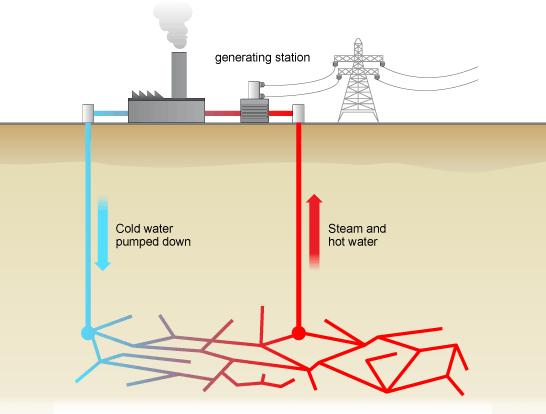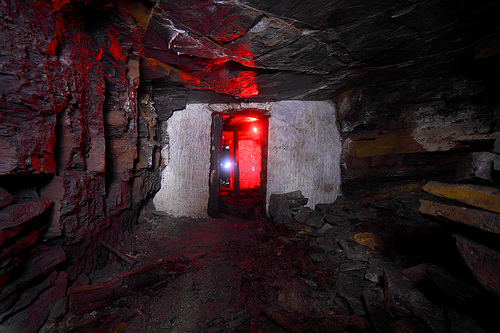
As global energy demand increases and efforts to curb greenhouse gas emissions intensify, an increasing number of countries throughout the world are looking to tap geothermal resources to drive low carbon development.
A clean, base load source of power, geothermal offers consistent electricity production nearly 24 hours a day with little to no emissions. According to a new report from Pike Research, escalating investment in geothermal power could result in a 134% increase in total geothermal capacity between 2010 and 2020, from 10.7 gigawatts (GW) to 25.1 GW, under a high-growth forecast scenario. Under a more conservative business-as-usual forecast scenario, the cleantech market intelligence firm estimates that geothermal power capacity would increase 34% to 14.3 GW by 2020.
“Worldwide potential for geothermal energy is immense,” says senior analyst Peter Asmus, “but geothermal remains an underutilized resource and represents only a small fraction of the global renewable energy portfolio. Improved access to resource data, more efficient drilling processes, increased understanding about the industry’s potential, and improving access to financing are driving expanding interest in the sector.”
Asmus adds that the current installed capacity of 10.7 GW is spread across 26 countries with a combined output of approximately 67 terawatt hours (TWh) of electricity. Currently, the United States is the global geothermal leader with 3.1 GW of installed capacity, and seven countries represent 88% of the world market. While conventional geothermal resources account for nearly all online capacity today, enhanced geothermal systems (EGS) and co-produced wells both offer opportunities for expansion outside of rift zones or volcanically active regions throughout the world.
Pike Research’s high-growth forecast scenario assumes a continued increase and persistent volatility in the price of oil, tightening carbon regulations, improved access to capital, standardization of geothermal exploration data, contribution from EGS-enabled and co-produced resources, technological breakthroughs in exploration and drilling equipment, improved access to drills and skilled labor, and sustained policies supporting renewable energy mandates, grants, and tax subsidies. “Even if progress falls short in these areas,” says Asmus, “the potential for geothermal market expansion remains strong, and even our conservative business-as-usual forecast is consistent with growth rates observed in the industry since 1990.”
Pike Research’s report, “Geothermal Power”, analyzes the global market opportunity for electricity production from conventional, EGS, and co-produced geothermal resources. The study includes a comprehensive examination of market drivers, existing and emerging technologies, the public policy and regulatory environment, and key industry players. Global market forecasts, segmented by geography, extend through 2020 and include profiles of key countries actively developing geothermal power projects.



